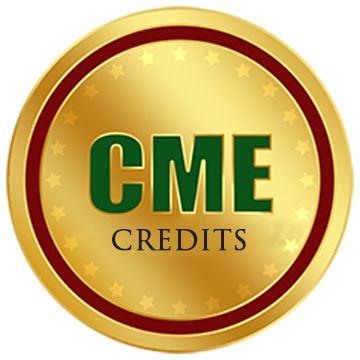
Philip Kennedy
Neural Signals Inc., USA
Title: To invade or not? That is the question regarding neural prosthetics
Biography
Biography: Philip Kennedy
Abstract
There is a general emphasis and movement towards non-invasive techniques and away from invasive neurosurgical procedures in the development of neural prosthetics that would restore movement to paralyzed limbs, control robotic limbs, provide access to computers and restore speech. The main issues come down to signal resolution and task requirements. For example, low resolution signals are adequate for communication with a computer. These signals could be from electroencephalography (EEG) or even residual electromyography (EMG) from a locked-in patient’s face for example. Even some movements of a robotic limb or paralyzed limb can be controlled with external EEG signals. Invasive, internal signals such as brain surface electrocorticography (ECoG), for example, are also being used for those tasks. ECoG signals, however, do not have the resolution of single unit signals but have made remarkable progress in developing control paradigms. So why bother with neurosurgical invasion of the brain to obtain high resolution single unit signals? There are at least two tasks that require these invasive, high resolution signals: fine digit movements and conversational speech. However, an alternative approach to solving the control issues for these highly precise tasks is to use low resolution signals combined with high performing deep mind computers. In other words, low resolution signals such as EEG might be adequate if combined with powerful neural net based computers. In that situation, ECoG and single unit recordings will become a thing of the past. The pros and cons of these approaches will be presented in this keynote talk.

